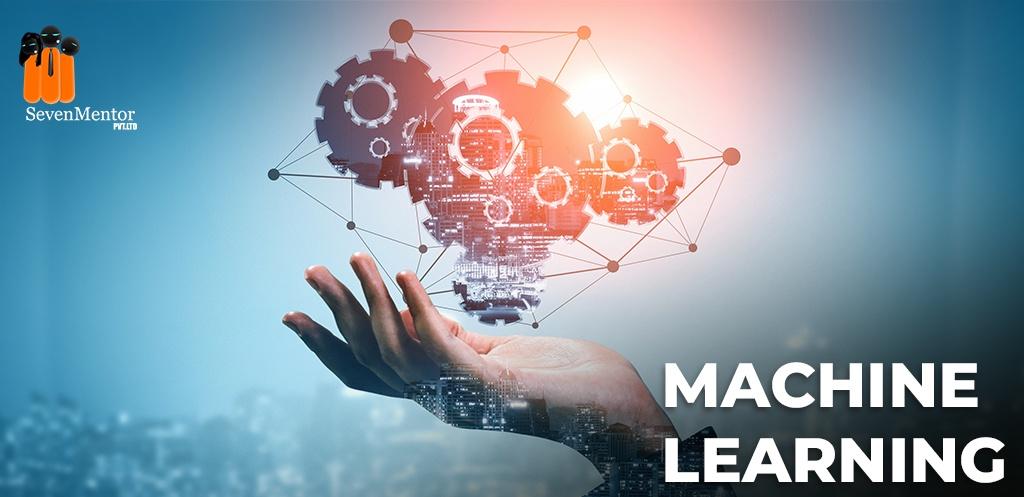Machine learning (ML) can be categorized into several types based on the nature of the learning and the type of feedback available to the learning system. Here are the main types:
-
Supervised Learning:
-
Definition: In supervised learning, the model is trained on labeled data, which means that each training example is paired with an output label.
-
Applications: Common applications include classification (e.g., spam detection in emails) and regression (e.g., predicting house prices).
-
Examples: Linear regression, logistic regression, support vector machines (SVM), decision trees, and neural networks.
-
-
Unsupervised Learning:
-
Definition: In unsupervised learning, the model is trained on unlabeled data, meaning the algorithm tries to learn the patterns and the structure from the input data without explicit instructions on what to predict.
-
Applications: Common applications include clustering (e.g., customer segmentation) and association (e.g., market basket analysis).
-
Examples: K-means clustering, hierarchical clustering, principal component analysis (PCA), and anomaly detection.
-
-
Semi-Supervised Learning:
-
Definition: Semi-supervised learning falls between supervised and unsupervised learning. It uses both labeled and unlabeled data for training, typically a small amount of labeled data and a large amount of unlabeled data.
-
Applications: Useful when acquiring a fully labeled dataset is expensive or time-consuming.
-
Examples: Techniques that extend supervised algorithms to handle unlabeled data, such as semi-supervised SVMs.
-
-
Reinforcement Learning:
-
Definition: In reinforcement learning, an agent learns to make decisions by performing actions in an environment to achieve maximum cumulative reward. It learns through trial and error, receiving feedback in the form of rewards or penalties.
-
Applications: Common applications include game playing (e.g., AlphaGo), robotics, and autonomous vehicles.
-
Examples: Q-learning, deep Q networks (DQN), and policy gradient methods.
-
-
Self-Supervised Learning:
-
Definition: Self-supervised learning is a subset of unsupervised learning where the system generates its own labels from the input data. This is often used to pre-train models on large amounts of unlabeled data before fine-tuning on smaller labeled datasets.
-
Applications: Commonly used in natural language processing (NLP) and computer vision.
-
Examples: Techniques used in models like BERT (Bidirectional Encoder Representations from Transformers) and GPT (Generative Pre-trained Transformer).
-
-
Transfer Learning:
-
Definition: Transfer learning involves taking a pre-trained model on one task and applying it to a different but related task. This approach leverages the knowledge gained from the initial task to improve performance on the new task.
-
Applications: Commonly used when there is a limited amount of data for the new task.
-
Examples: Using pre-trained models like VGG, ResNet for image classification tasks, and BERT for various NLP tasks.
-

